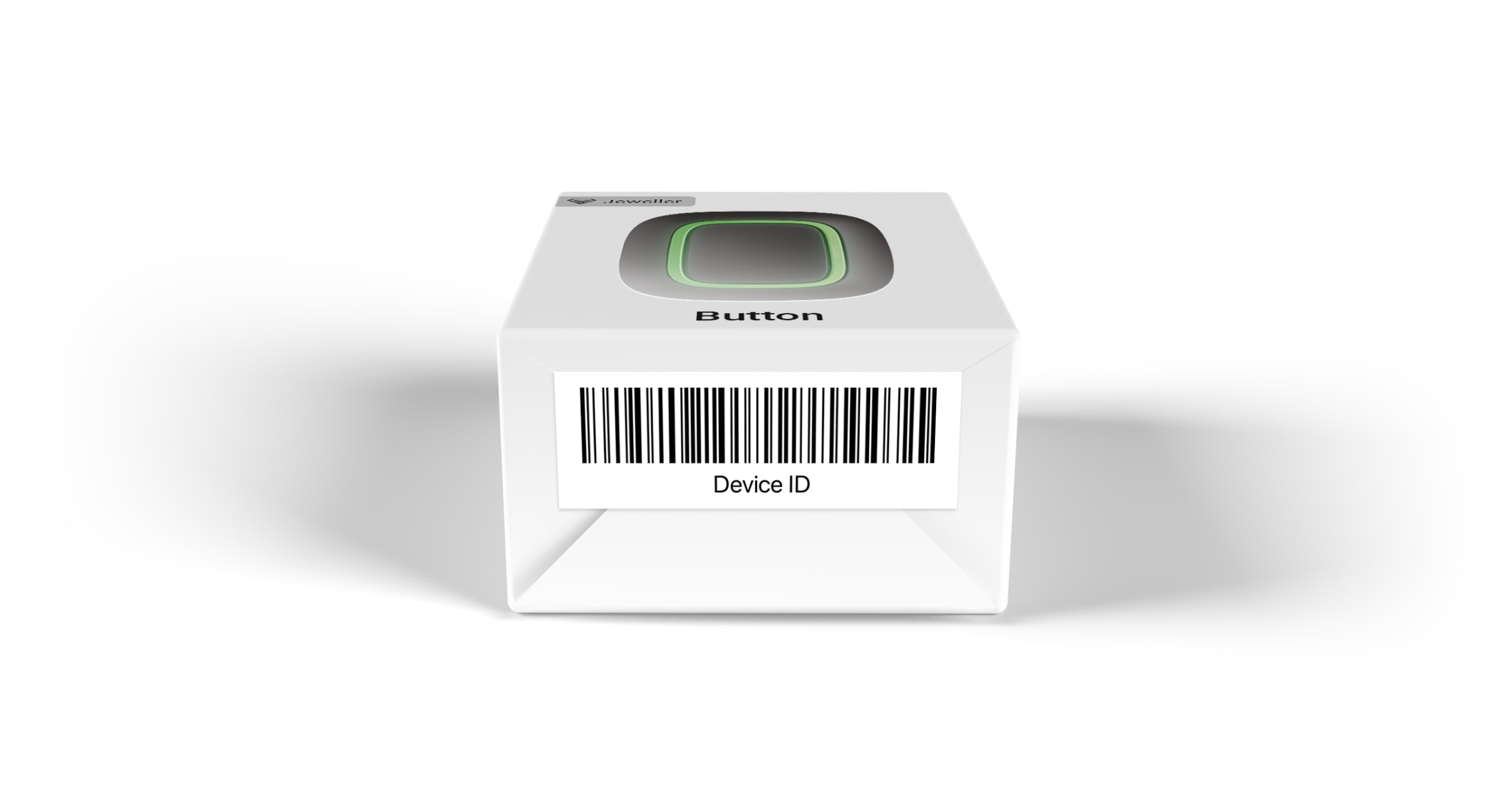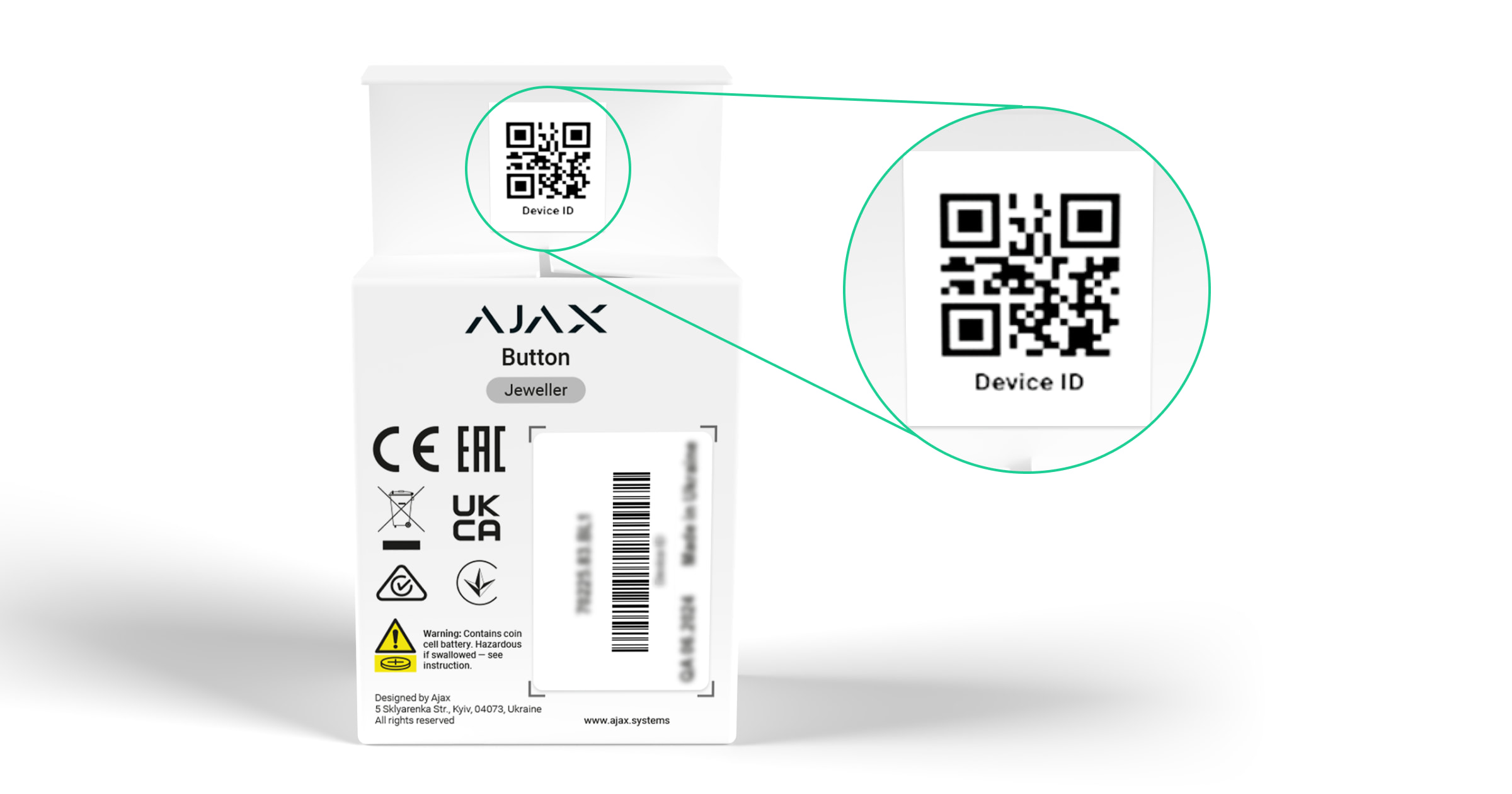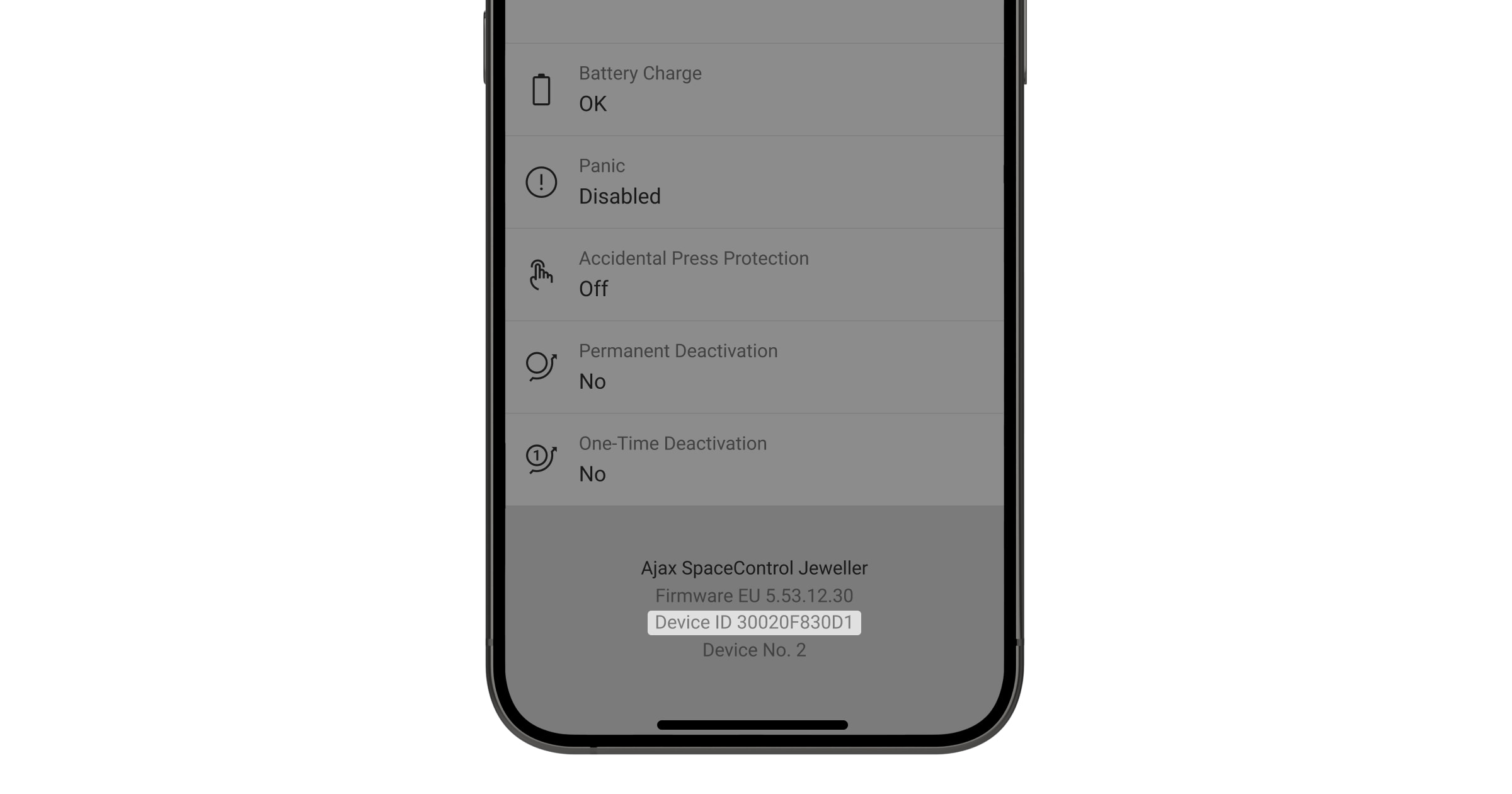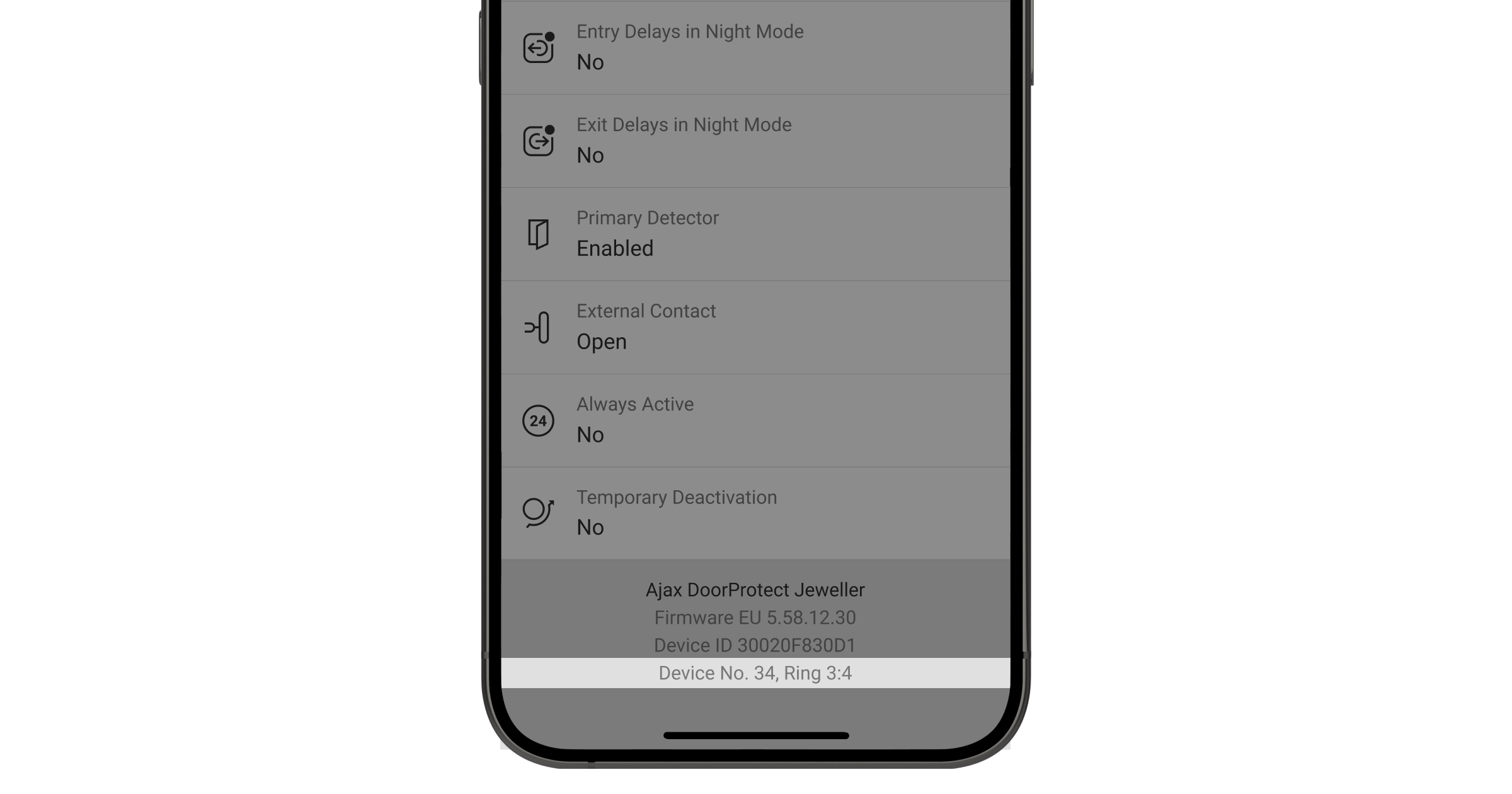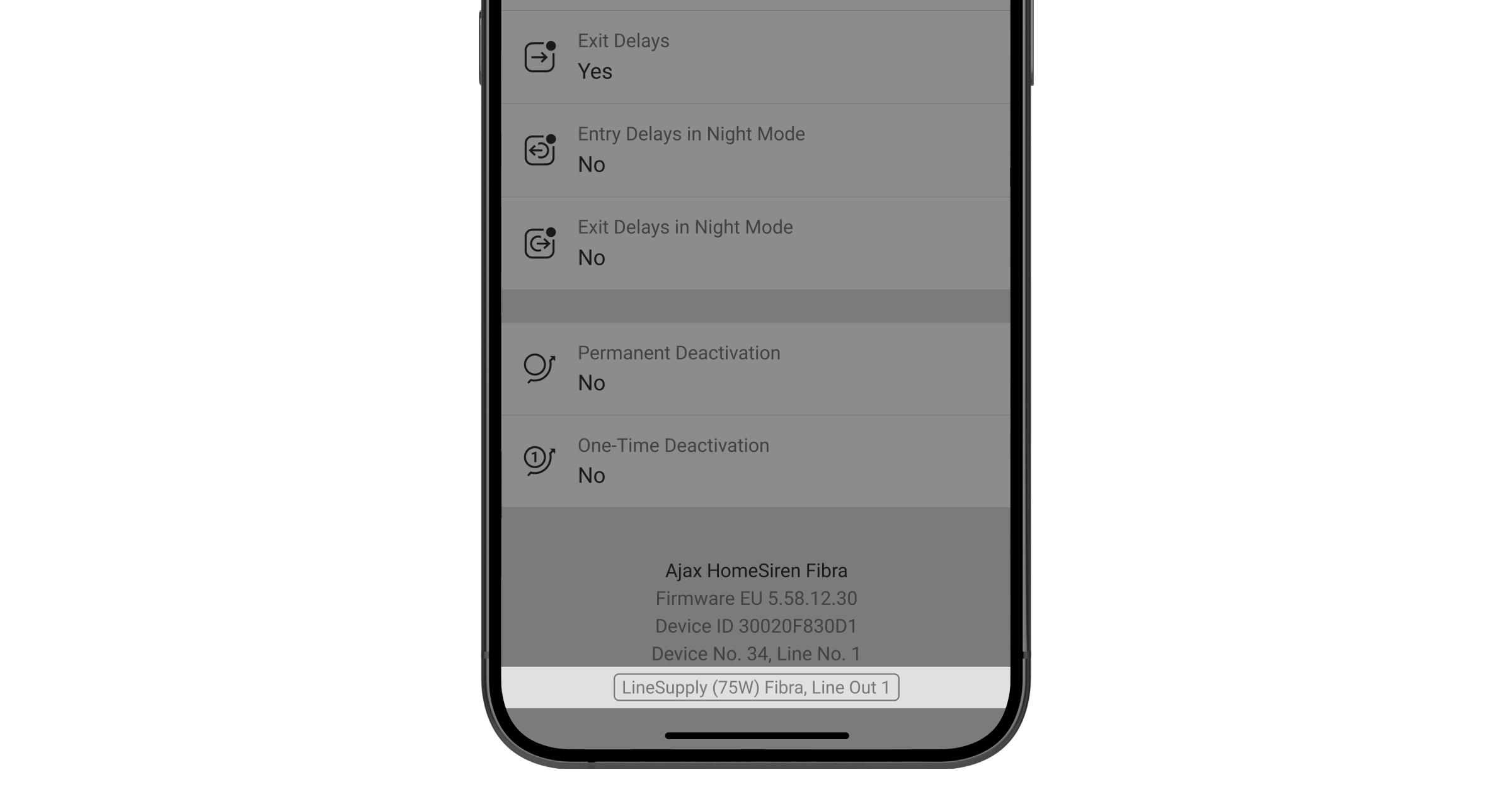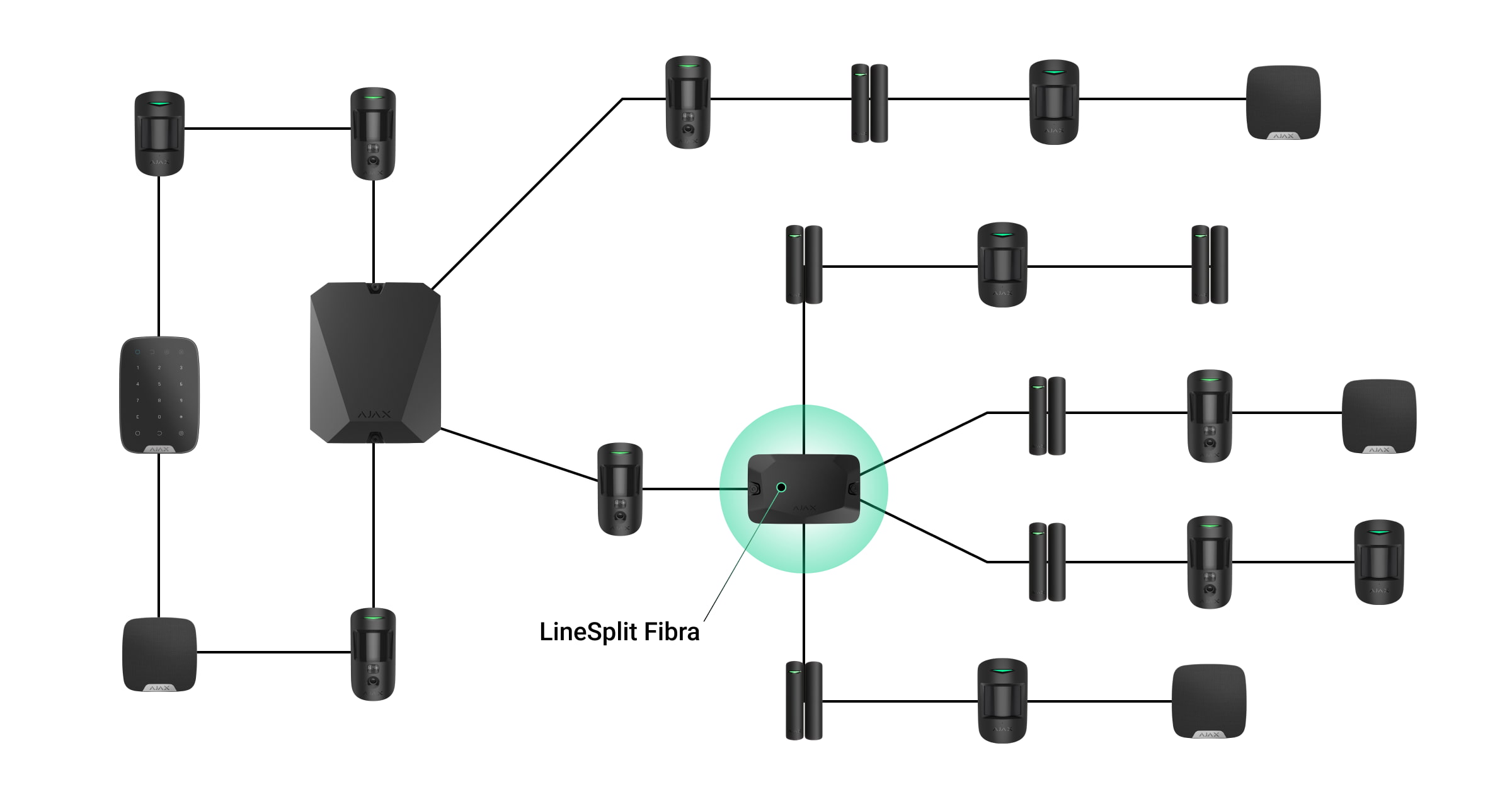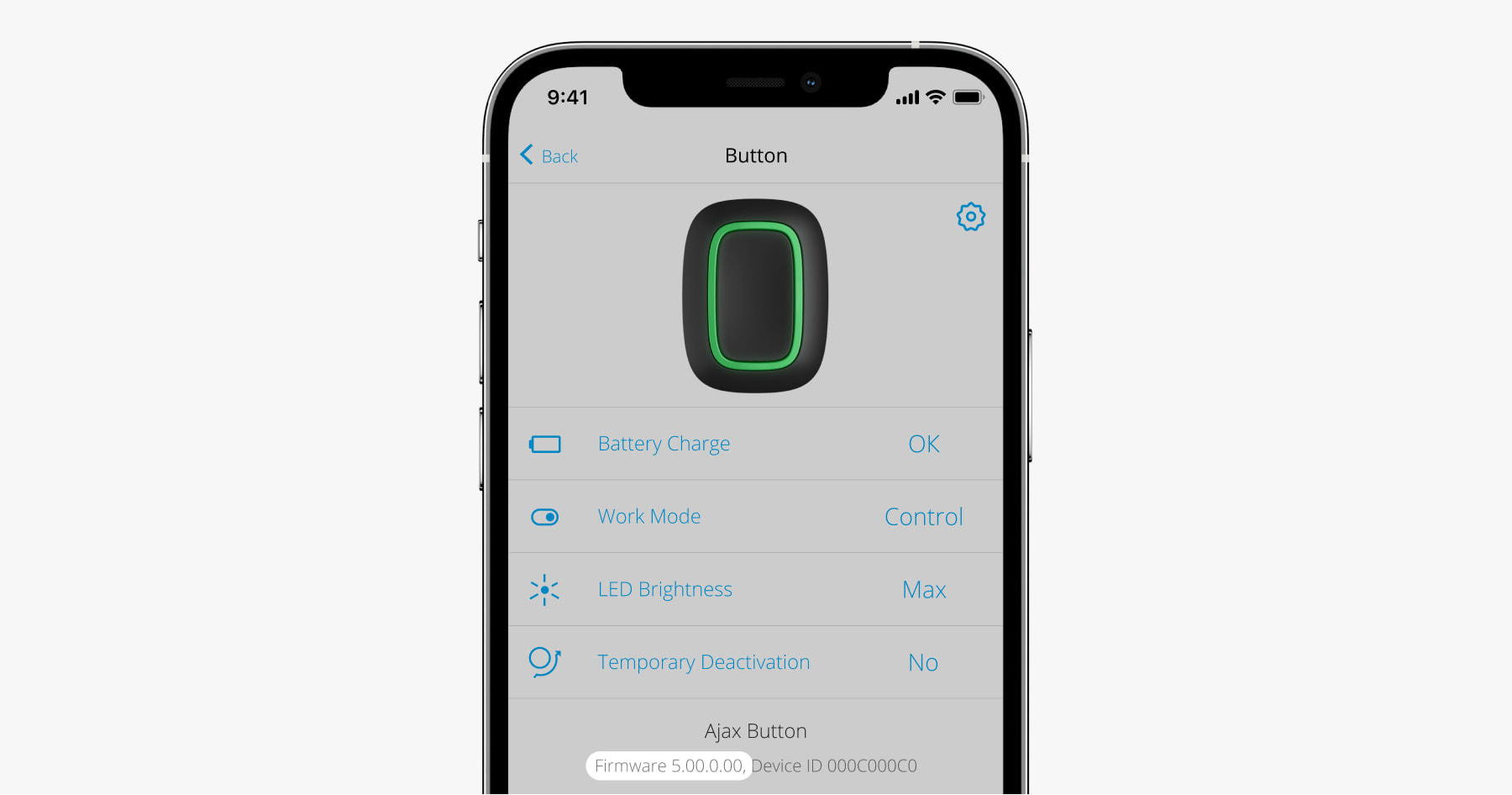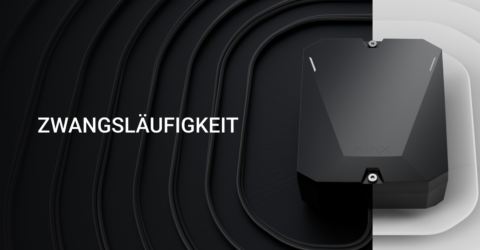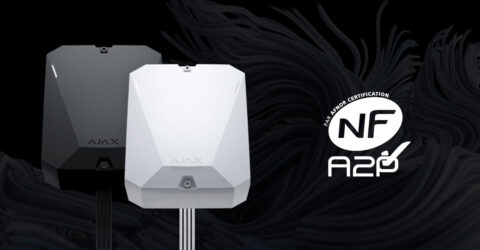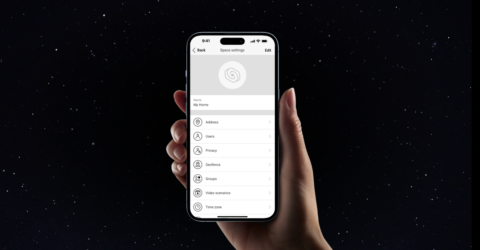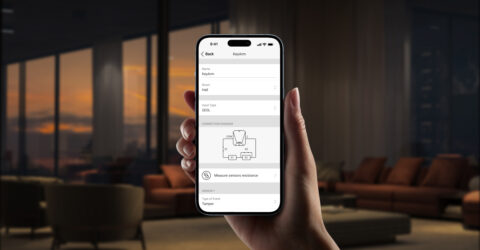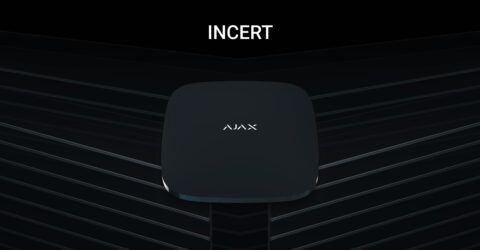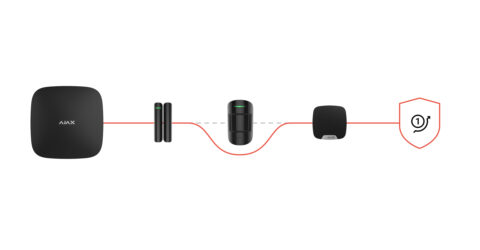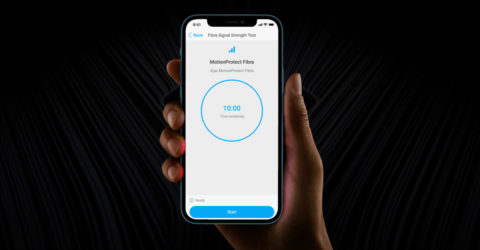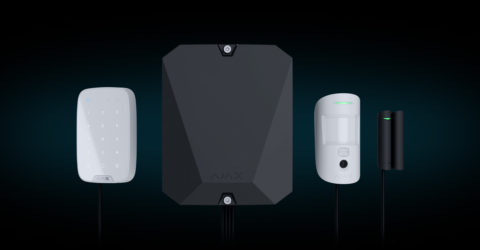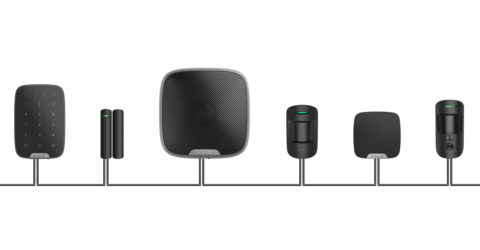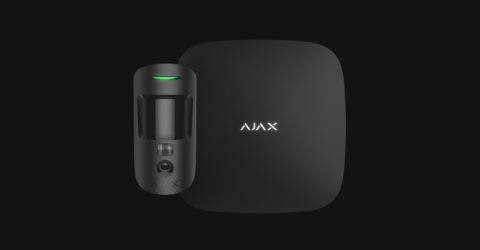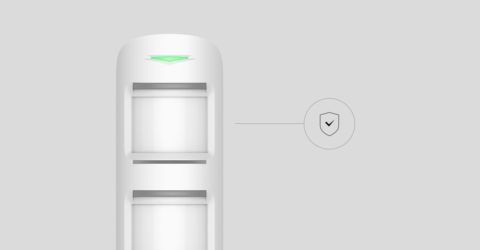Both MultiTransmitter Fibra and MultiTransmitter Fibra (without casing) have almost the same technical characteristics and settings, differing only in the following:
- MultiTransmitter Fibra (without casing) is sold separately as a board without casing and must be installed in Case D (430). Use Case configurator to get the most optimal placement of your Fibra devices in the casing.
MultiTransmitter Fibra is sold in its casing and can’t be installed at the premises without it.
- MultiTransmitter Fibra has 2 tamper buttons to detect the lid opening and notify of attempts to tear the device from the surface or remove it from the mount. Instead of tamper buttons, MultiTransmitter Fibra (without casing) has a connector for attaching the tamper board.
- It’s possible to adjust the LED indicator brightness in the MultiTransmitter Fibra (without casing) settings. The setting is available in Ajax apps of such versions and later:
- Ajax Security System 3.7 for iOS;
- Ajax Security System 3.7 for Android;
- Ajax PRO: Tool for Engineers 2.7 for iOS;
- Ajax PRO: Tool for Engineers 2.7 for Android;
- Ajax PRO Desktop 4.7 for macOS;
- Ajax PRO Desktop 4.7 for Windows.

